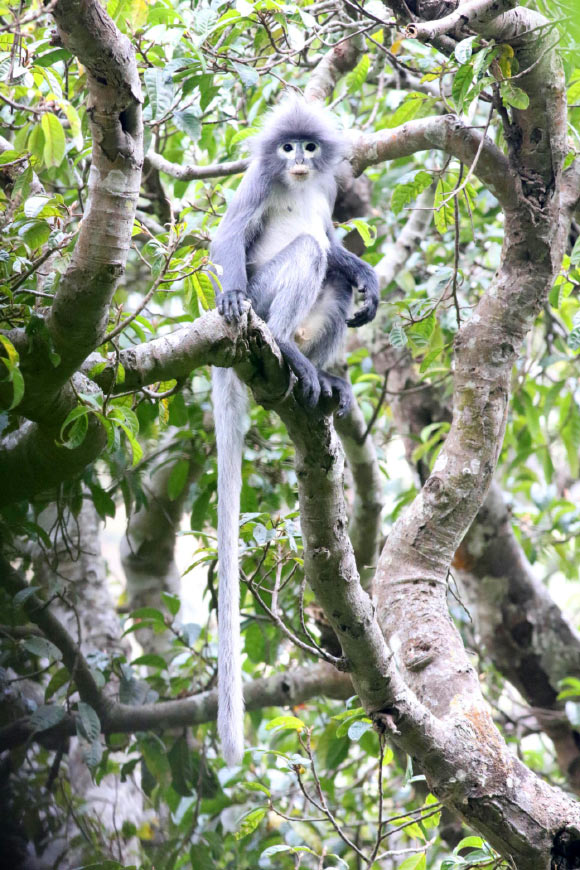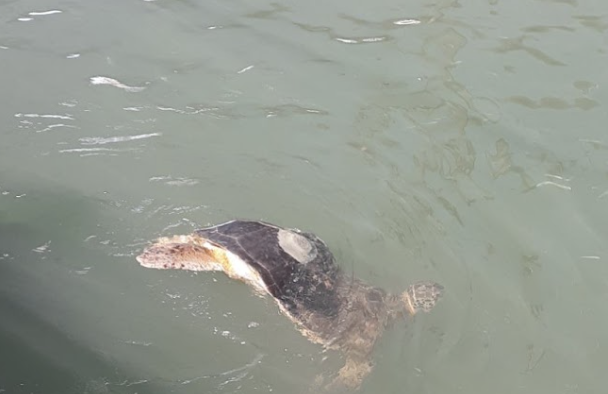New Species of Primate Discovered in Myanmar


Trachypithecus is a genus of non-human primates widely distributed in Asia with about 20 known species.
Commonly known as lutungs, langurs, or leaf monkeys, members of this genus live mainly in Southeast Asia, from Bhutan, Assam (India) and Bangladesh in the west, over Myanmar, Thailand, Cambodia and Laos to Vietnam and South China in the east, but also in large parts of the Sundaland region (Malay Peninsula, Sumatra, Borneo, Java) and some smaller islands.
The newly-discovered species, the Popa langur (Trachypithecus popa), occurs in central Myanmar.
It is named after the sacred Mount Popa, which holds the largest population of the species with just over 100 animals.
“Just described, the Popa langur is already facing extinction,” said team member Dr. Frank Momberg, a researcher at Fauna & Flora International.
Throughout its range, the Popa langur is threatened by hunting, habitat loss, degradation, and fragmentation caused by agricultural encroachment, illegal and unsustainable timber extraction, and disturbances caused by collection of non-timber products and free cattle grazing
Considering a total population size of between 199 and 259 individuals in the four populations and the dramatic habitat loss over the last century, Dr. Momberg and colleagues propose to classify the new species as Critically Endangered.
“Primates are human’s nearest living relatives, but there is still so much we do not know about them,” said team member Professor Kristofer Helgen, director of the Australian Museum Research Institute, chief scientist at the Australian Museum and a researcher at the Natural History Museum, London.
“Many species, including the Popa langur, are in danger of extinction due to many threats including urbanization, land clearing, logging, human encroachment, and the illegal pet trade.”
“This research brings us another step closer to understanding the uniqueness of this marvelous monkey and ultimately helps inform future conservation decisions to help protect them.”
In the study, the researchers obtained samples and DNA from all known species of Trachypithecus and gained a more detailed insight into the species diversity within this genus.
Subsequent analyses of the data were able to enhance our understanding of the evolutionary history of this group of primates.
“The DNA analysis of museum specimens collected for the Natural History Museum in London more than 100 years ago has finally led to the description of this new species, confirmed also by samples collected from the field,” said team leader Dr. Christian Roos, a scientist in the German Primate Center.
“Additional field surveys and protection measures are urgently required and will be conducted by Fauna & Flora International and others to save the langurs from extinction,” said Ngwe Lwin, a primatologist with Fauna & Flora International’s Myanmar program.
The discovery is reported in the journal Zoological Research.
Source: http://www.sci-news.com/biology/popa-langur-09045.html




Responses